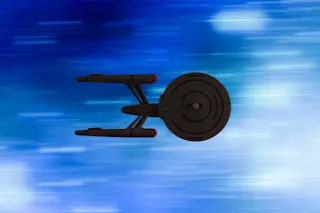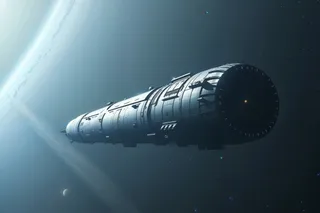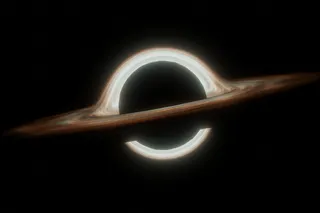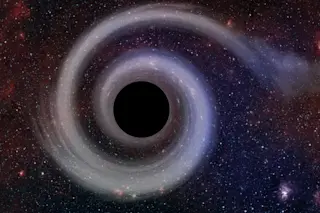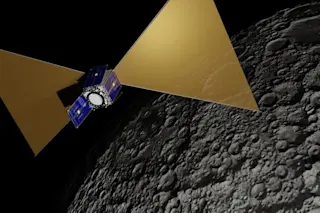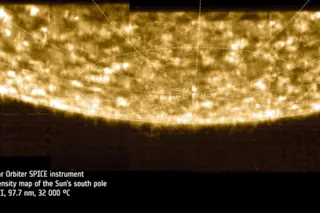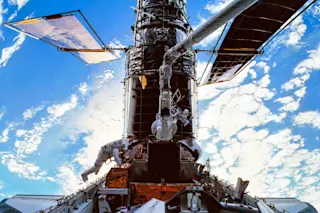“Warp speed, Mr. Sulu!” With these words, Captain Kirk of the Starship Enterprise prepared his ship for faster-than-light travel while inspiring a generation of aspiring physicists who watched Star Trek from their sofas.
So it’s no surprise that in 1994, the theoretical physicist, Miguel Alcubierre, worked out how a warp drive might work in the real universe. The key feature of a warp drive is that it can propel a spaceship at superluminal speeds without the occupants experiencing huge acceleration.
Alcubierre’s idea was to create a flat region of spacetime inside a highly distorted bubble of spacetime that moves across the universe. The passengers sit in the flat region where the acceleration is zero, while the bubble as a whole, travels at superluminal speed, or at least exceedingly high velocity.
The big question, of course, was whether the Alcubierre drive was physically possible. The answer turned out to be probably ...


